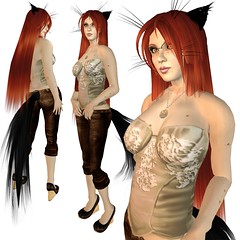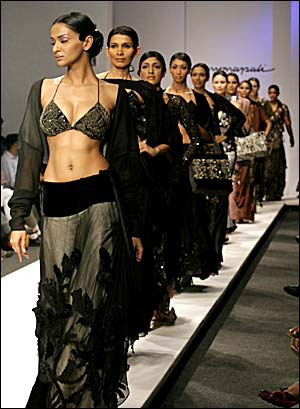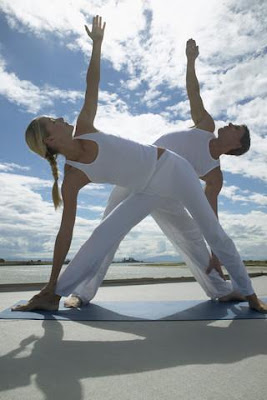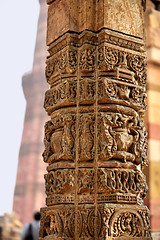

Kurta-Pajama a two piece garments adorned by Indian men is a traditional attire, one of the basic clothing of the Indian men.
The first garment is a kurta that is like a loose long shirt almost reaching the knees, whereas the second one is the pajama or pyjama, which is a lightweight drawstring trouser.
Though mostly worn on formal occasions these days, kurta pyjama can also be worn casually. Infact, there are many Indian men who wear this dress as their sleepwear.
Normally, they are loose and comfortable drawstring pants, made of light fabrics. However, in places like Britain and United States, they apply to sleeping suits, and consist of a loose front-buttoned jacket and a trouser. These days, pajamas or pj’s signify anything, from flamboyant beach trousers to airy boxers. More often than not, any item of male sleepwear today is synonymous to a pajama. Even though, everyone loves to move around in them, few know of their history and origin.
Only soft material fabrics are used for making kurta pajama as it is supposed to be a comfortable loose fitting dress. Though good quality cotton is the most common material used for making kurta pajama, other fabrics like silk and satin are also used. Normally adults prefer wearing the kurta and pajama in neutral shades, as they give a very dignified look. Children, on the other hand, wear this dress in varied hues and patterns. Kolhapuri chappals are the most preferred footwear for this type of attire.
The word ‘pyjama’ traces its etymological origin to the Persian word ‘payjama’ meaning ‘leg garment’. However, it was first incorporated into English from the Hindustani language.
In British ruled India, British men during the seventeenth century wore pyjamas as casual attires while relaxing. However, they soon gained ground in the west during the colonial era, and became popular as sleepwear, with designs inspired from similar traditional Indian
and Persian garments. In India, pyjamas from important clothing items of women and Sikh men. In addition, with the adoption of wearing pajamas by Englishmen, their popularity soon perforated all across the globe.
Today, pyjamas not only serve the function of sleepwear, but also considered as fashion garments by many. People harbor no inhibitions to flaunt themselves in their favorite pairs of pj’s in public. We all know how popular and happening a ‘pajama party’ turns out to be these days. Don’t we? That is just one way of indicating the popularity of pajamas.
These days pyjama comes in different fabrics, from comfortable cottons to luxuriant silks or satins. They are also available in a variety of details and patterns. Besides, in places like North America, wearing pajama pants are considered more modish than legging around in hot
pants.
![Reblog this post [with Zemanta]](http://img.zemanta.com/reblog_e.png?x-id=21201e87-80cb-41e9-ac28-706ef1390ac7)


![Reblog this post [with Zemanta]](http://img.zemanta.com/reblog_e.png?x-id=0aa4870b-d1ce-4416-a2b4-579d35c3031b)

![Reblog this post [with Zemanta]](http://img.zemanta.com/reblog_e.png?x-id=43cfabc0-c089-4b55-ba8e-c3499c7f2ecd)

![Reblog this post [with Zemanta]](http://img.zemanta.com/reblog_e.png?x-id=59a8c916-ee9a-43ad-bb32-af10fe6ca440)


![Reblog this post [with Zemanta]](http://img.zemanta.com/reblog_e.png?x-id=feceeecf-8158-4bef-a069-49fbb09ca5c2)

![Reblog this post [with Zemanta]](http://img.zemanta.com/reblog_e.png?x-id=6dc94e80-4fc7-4718-9181-15a0a8bbedff)

![Reblog this post [with Zemanta]](http://img.zemanta.com/reblog_e.png?x-id=f372c5f0-cc75-4be9-a6a3-47245120b6c6)

![Reblog this post [with Zemanta]](http://img.zemanta.com/reblog_e.png?x-id=cafe6c84-f41a-4cf5-97e2-dcfcf2426eef)

![Reblog this post [with Zemanta]](http://img.zemanta.com/reblog_e.png?x-id=3f58e6ec-d05b-4db0-85b3-4c677e698b08)